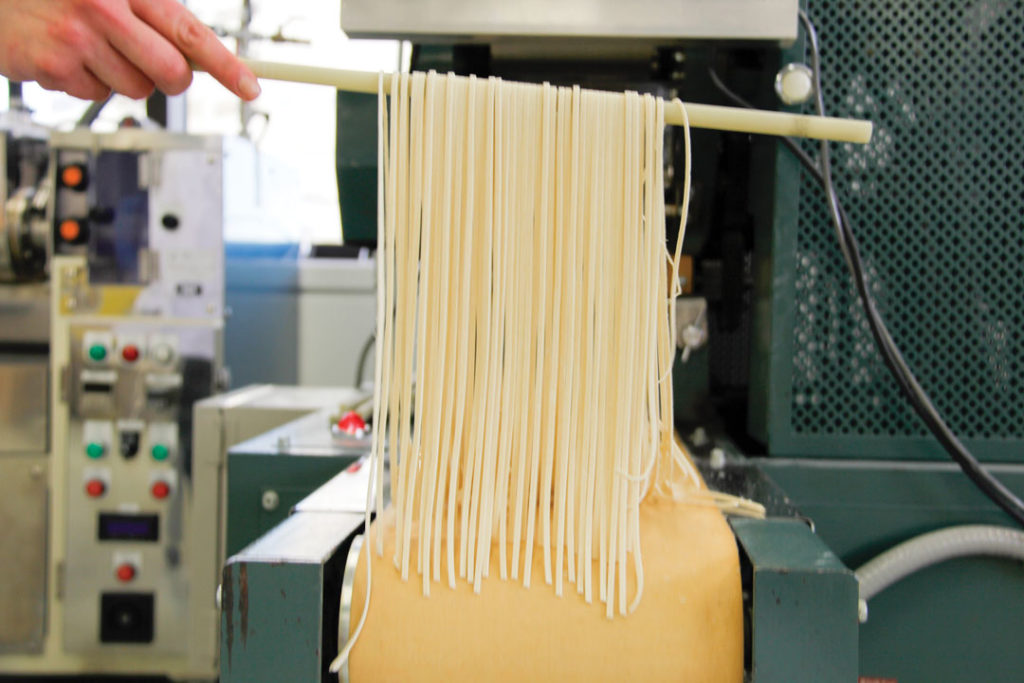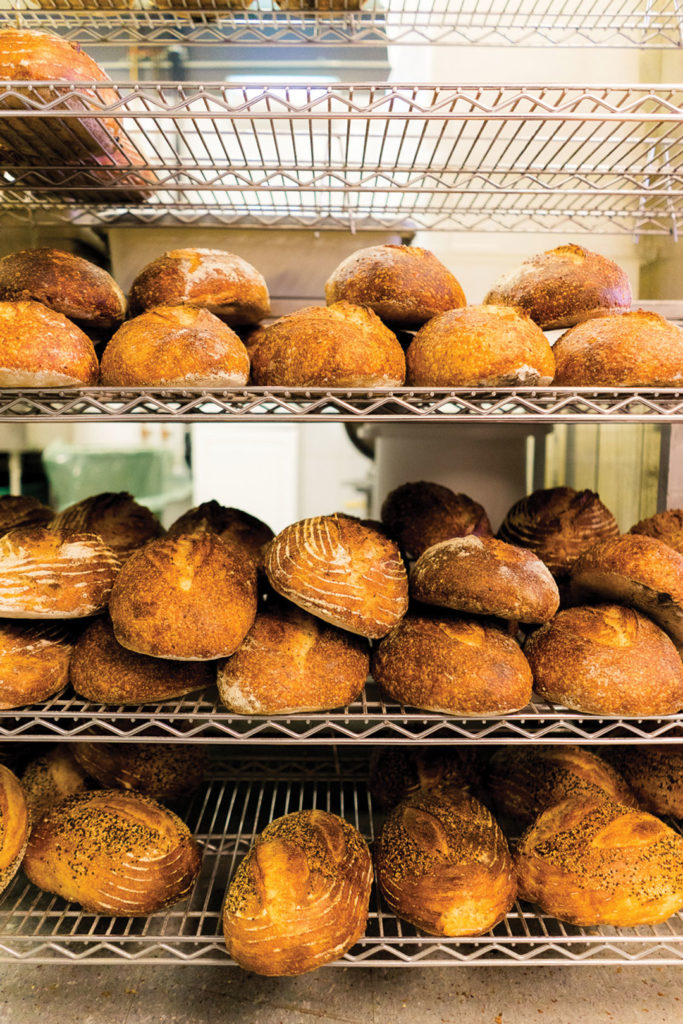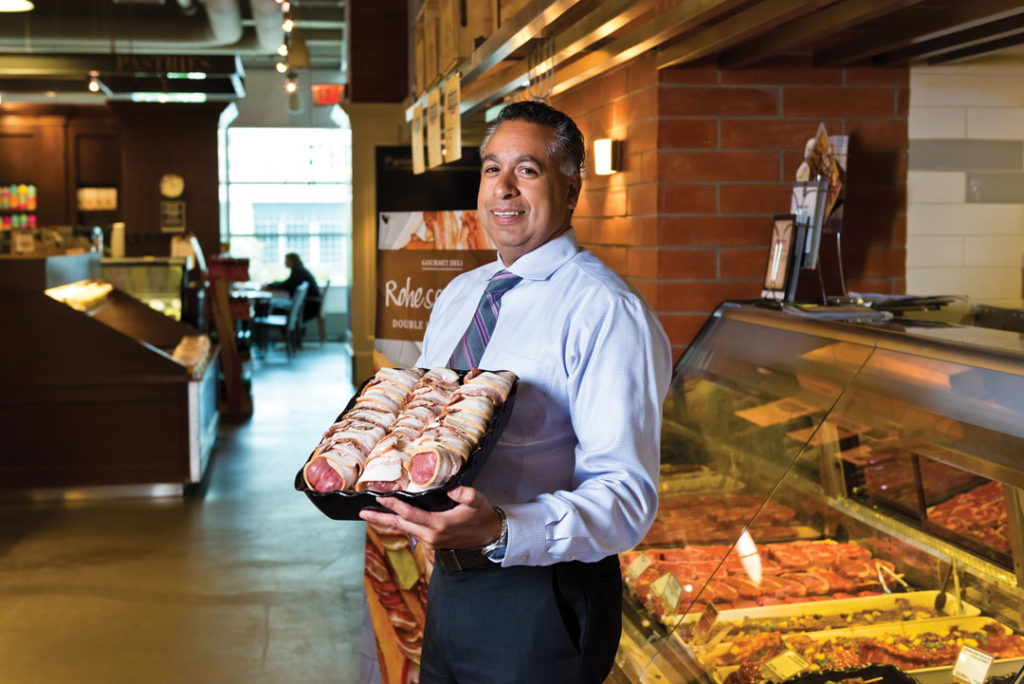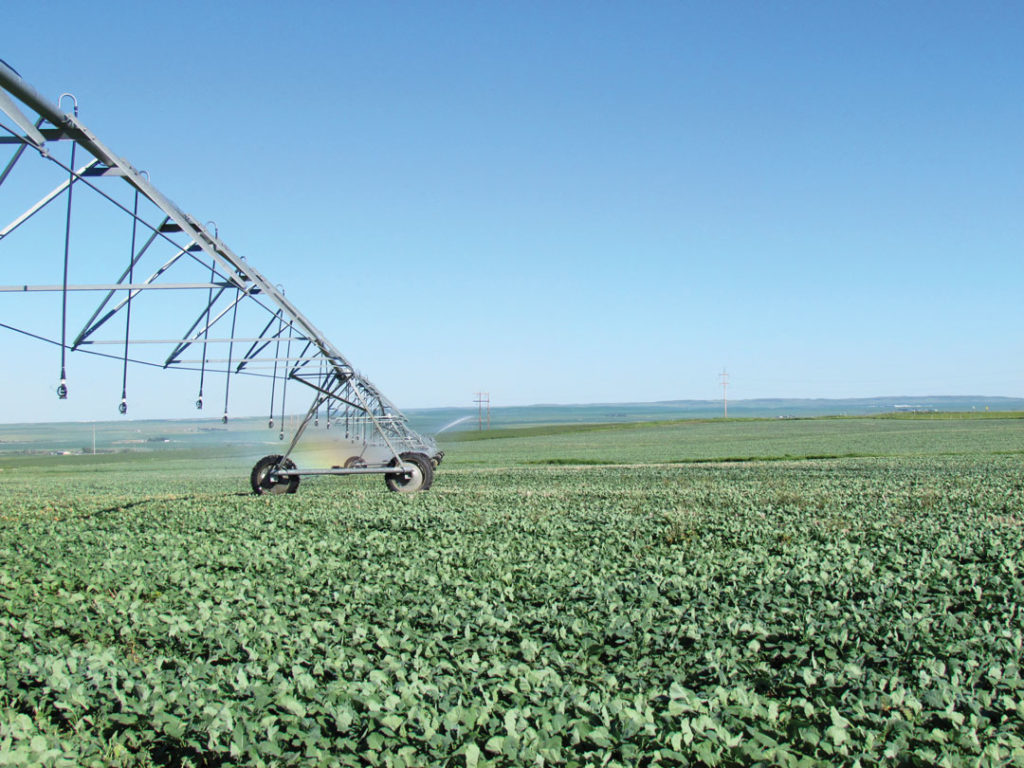WINTER WHEAT VARIETY BREEDS INDUSTRY EXCITEMENT
There’s plenty of excitement about a new winter wheat variety unique to Western Canada.

There’s plenty of excitement about a new winter wheat variety unique to Western Canada.
Gluten has made its way into our everyday life. It’s right up there with breathing, selfies and saying “literally.” Gluten is a combination of proteins commonly found in wheat, barley and rye, and it’s “literally” been around longer than any of us.

Grains and flours may be common items in every grocery store, but when it comes to flagship products, bread carries the banner for wheat.

It was lunch hour at Sunterra Market Keynote in Calgary, and it was elbow-to-elbow at the self-serve salad bar. Office folk in casual-Friday finery heaped cubed ham, spinach and shredded cheese into plastic take-home boxes.

You’re craving a cool drink on a hot day. You go into your kitchen, turn on the faucet, and there it is—pure, free-flowing, seemingly endless water. In any modern home, it’s a convenience so basic we don’t even think of it as a source of security.
Two voices in the GMO debate weigh in and make their case. Who has the more convincing argument? You decide.

Out on his acreage in rural Saskatchewan, 33-year-old Todd Roberts happily went about his annual chores of clearing away weeds and turning over the garden for planting. “Fortunately, I’ve got the good stuff,” he said, referring proudly to a gallon jug of agricultural-strength glyphosate, better known by its ubiquitous trade name, Roundup.

Every time you see a Tim Hortons sandwich on a billboard, watch a McDonald’s commercial on TV or buy a box of frozen chicken strips because of how delicious the picture on the package looks, you are being influenced by the work of a food stylist.

It is not the critic who counts; not the man who points out how the strong man stumbles, or where the doer of deeds could have done them better. The credit belongs to the man who is actually in the arena, whose face is marred by dust and sweat and blood … who at the best knows in the end the triumph of high achievement, and who at the worst, if he fails, at least fails while daring greatly

In 1980, the United States had only 92 functioning breweries; now a new one opens its doors every day. In Canada, we are seeing the same trend. From 310 breweries at the end of 2010, the number has steadily risen to the roughly 450 breweries we see today.